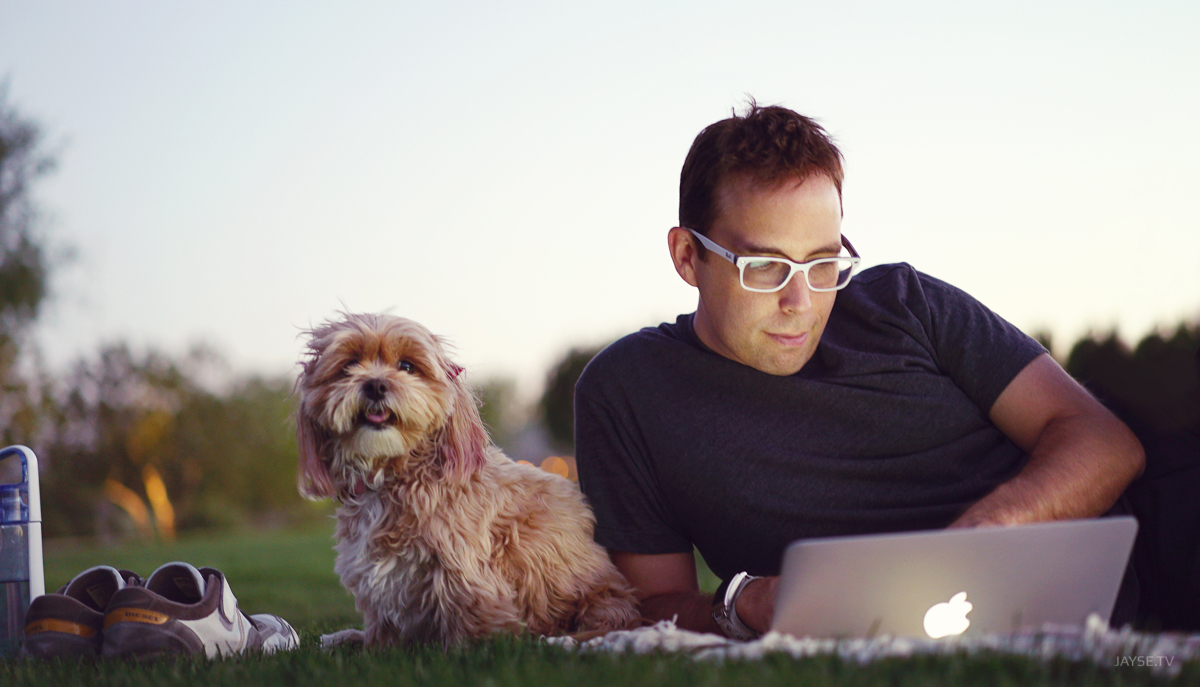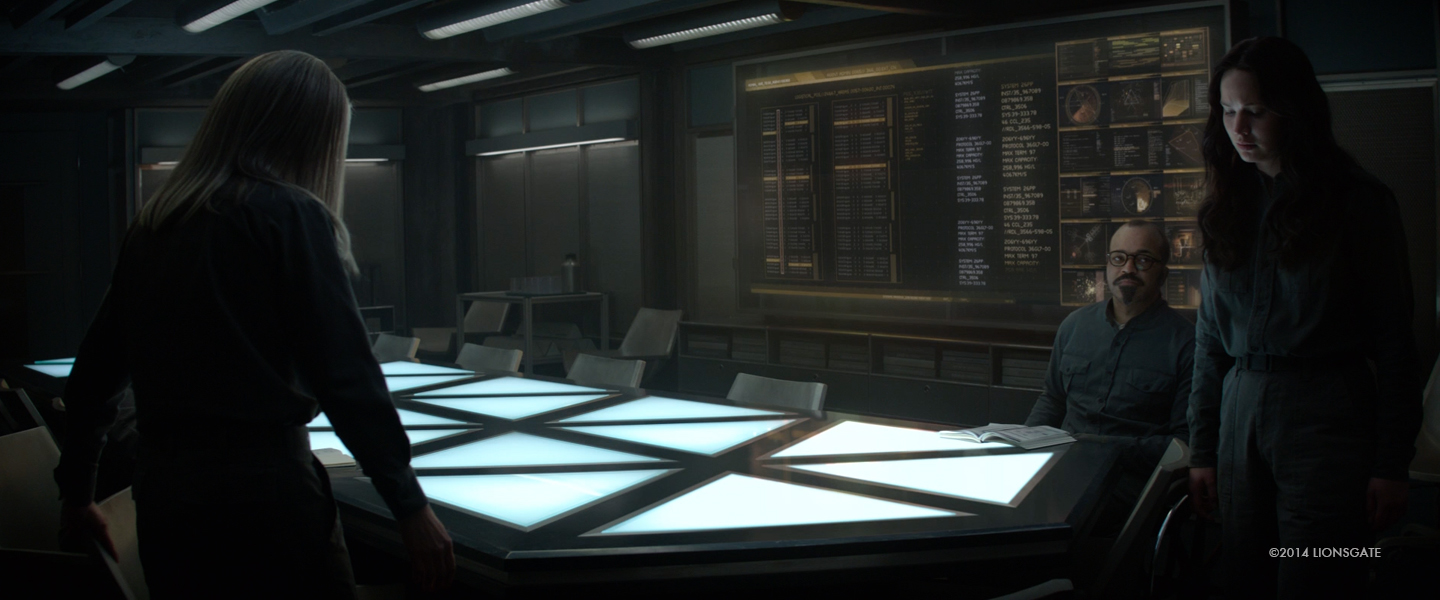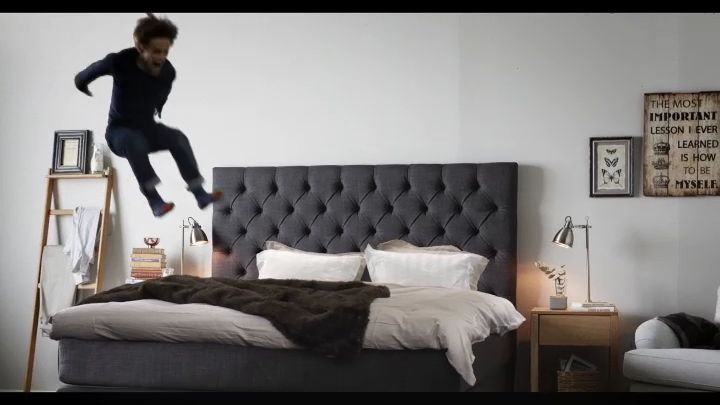Paul and Christina Graff of Crazy Horse Effects (CHE) are visual effects aficionados, with projects to their credit such as There Will Be Blood and Life of Pi. They also work with a team of some of the best matte painters and designers in the visual effects industry, and are recognized for their award-winning compositing. They recently created some seamless visual effects for The Wolf of Wall Street, directed by Martin Scorsese, with Oscar-winning VFX supervisor Rob Legato overseeing the shots.
Adobe: How did you become involved with The Wolf of Wall Street?
Paul: I actually met Rob at a panel presenting outstanding work in VFX done in After Effects. We went to have a drink afterwards and he asked me about our new office in New York. We had worked on The Aviator and Shutter Island with him and he thought we could help with some of the shots in The Wolf of Wall Street. We were stoked to make the reunion with Rob, and excited to work on the project, although we joined the team late in the game when most of the effects were already well underway.
Adobe: What type of work did he send your way?
Christina: We didn’t do any of the normal set extension work that we usually do. Instead, we focused on a lot of last minute fixes and designed several sequences. We worked on a lot of quirky shots! We contributed to several corporate identity “videos,” a few driving scenes, and a longer sequence with the real Jordan Belford at the end of the movie. Our work is really scattered throughout the movie.
Adobe: What sequences stand out?
Christina: We had a great scene to work on where Leonardo DiCaprio’s character is dizzy on Quaaludes and stumbles down a staircase at his country club. The actual set had only four steps, but Leonardo’s Quaalude-induced point of view the staircase appeared much longer. Rob had a version of the same staircase built that was much longer surrounded by green screens. This set was a bit bouncy and needed attention. Our job was to connect the extension stairs with the original set environment and make the staircase appear sturdier by rebuilding them digitally and blending everything together. We rebuilt the scene using a 2.5D set up in After Effects CC. We also extended the country club in the establishing shot that looks up to the top of the stairs. In the end, it looked believable, as if it really happened. On other projects, we’re also using a lot of the 3D capabilities of CINEMA 4D—its integration with After Effects CC is allowing us to do 3D work with much greater speed and ease.
Adobe: What were some of the biggest challenges you faced?
Paul: There is a corporate identity video playing at the beginning of the film and we had to recreate all of the stock exchange footage in that scene from scratch. We had some content that was very low quality, NTSC material and we needed to basically recreate the shots avoiding any copyright issues. Rob shot extras on green screen and we did our own mini VFX shoot in our New York office and used Adobe Photoshop CC to create matte paintings for the background. We only had about two days to do it and it was very challenging, but creating environments is one of our strengths.
Adobe: Were any particular features of After Effects CC helpful?
Paul: For one shot on a yacht, we had to recreate the floor and the reflections on the floor, including replacing a diamond-shaped logo. The shots we had to work with were created using a Steadicam stabilizer, but they were not quite steady enough. Based on Rob’s suggestion, we used the Warp Stabilizer in After Effects CC, and were impressed with the results. We’ve now started using Warp Stabilizer on more shots.
Also, the dwarf toss scene was shot spherical on Alexa, so we had to match it to the rest of the sequence that was shot on film with anamorphic lenses. It was quite tricky to get the texture of the files to look close to identical. We didn’t use plugins, we just relied on curves, blurs, and displacement maps in After Effects to achieve the desired look.
Adobe: What was it like coming in late on a project? How did you succeed?
Paul: We came in late, but all of our work was high quality with a fast turnaround so Rob kept giving us bigger and bigger pieces of the pie. The Wolf of Wall Street included some content that was considered inappropriate by the Motion Picture Association of America. In the last phase of post production, Rob asked us to go on site at Deluxe Labs in New York where the final DI color corrections where being done to help them with some fixes to make the film more commercially appropriate. I went to Rob’s office at Deluxe and set up an iMac with After Effects on it and started working. In one day we did 16 retiming shots and one scene where we placed a chair in a scene to block some of the content. For me, it’s all about the finishing. You really show your colors at the end of a movie, and anything that came up last minute we knocked out.
Adobe: What was the benefit of working with Creative Cloud?
Christina: Creative Cloud lets us be super mobile. We can do what we do from anywhere—in the field, on site, or in the office.
Adobe: What was it like working with Rob Legato again?
Christina: He’s a genius, one of those people who has creative vision but also knows technology. He has fantastic concepts and vivid mental images, but also gives his VFX artists the freedom to devise their own ways of doing things.
Brian Sales and Blake Loyd of Crazy Horse Effects will be presenting in the Adobe booth at NAB 2014 on Monday, April 7th and Tuesday, April 8th.
Learn more about the video apps and services in Adobe Creative Cloud
Download a free trial of Adobe Creative Cloud

Filmtools
Filmmakers go-to destination for pre-production, production & post production equipment!
Shop Now













